Is it time to put farmers, the owners of the co-ops front and centre? Rather than pay everyone else first and leaving what’s left for the farmers, what about paying farmers first? Would this lead to better management? How does it work in New Zealand?
Milk production is kicking off in New Zealand at the moment. Typically calving starts in the North Island and then ‘calving start date’ moves down into the South Island over the period of a couple of weeks.
The North Island has 72% of the herds, but, 55% of the milk solids. The South Island has 28% of herds, but, 45% of the milk solids. This highlights the bigger herds are in the South Island where average herd size is over 500 cows.
Median calving date in North Island is 31 July while median calving date in the South Island is almost one month later on 31 August (around now). So these dates gives a feel for when peak milk will flow. Expect milk volumes to rise through September with peak milk in New Zealand around late October.
New Zealand milk price
As explained, farmers in New Zealand have long finished the 2019/2020 milking season and as described above are well into a new season of calving. However, farmers still don’t know the exact price they will be paid for milk for last season. It will be announced in September.
However, they know 90% of the final price and the September announcement will be a top up when accounts are finalised. Compared to how Irish farmers get paid they actually know to a fair degree of comfort on what they are going to get for the season that is just starting. The Fonterra chairman has been in communication with suppliers with the following statement in the last few weeks.
The 2020/21 forecast Farmgate milk price range has narrowed from $5.40 - $6.90 per kgMS to $5.90 - $6.90 per kgMS. The mid-point, of which farmers are paid, has increased to $6.40 per kgMS, up from $6.15 per kgMS. So $6.40, about 27c/litre in Irish money at Irish base solids.
Compare this to the Irish scenario of milk payment where we pay retrospectively. So a farmer delivering milk in early September won’t know what milk price is until mid October, six weeks later. The processor employees have been paid, any costs of production have been taken out and then the farmer gets paid.
It’s the reverse in New Zealand – the farmers, the owners of the co-op are paid or at least an allowance is made prior to the milk being produced. Ok it’s not the actual end price, but, the farmer gets a ‘top up’ then depending on market changes etc.
Read more
Watch: Farm Tech Talk - the Livestock Show
Lakeland Dairies posts operating profits of €20.5m for 2019
Bottom bouncers reinforce steady July
Is it time to put farmers, the owners of the co-ops front and centre? Rather than pay everyone else first and leaving what’s left for the farmers, what about paying farmers first? Would this lead to better management? How does it work in New Zealand?
Milk production is kicking off in New Zealand at the moment. Typically calving starts in the North Island and then ‘calving start date’ moves down into the South Island over the period of a couple of weeks.
The North Island has 72% of the herds, but, 55% of the milk solids. The South Island has 28% of herds, but, 45% of the milk solids. This highlights the bigger herds are in the South Island where average herd size is over 500 cows.
Median calving date in North Island is 31 July while median calving date in the South Island is almost one month later on 31 August (around now). So these dates gives a feel for when peak milk will flow. Expect milk volumes to rise through September with peak milk in New Zealand around late October.
New Zealand milk price
As explained, farmers in New Zealand have long finished the 2019/2020 milking season and as described above are well into a new season of calving. However, farmers still don’t know the exact price they will be paid for milk for last season. It will be announced in September.
However, they know 90% of the final price and the September announcement will be a top up when accounts are finalised. Compared to how Irish farmers get paid they actually know to a fair degree of comfort on what they are going to get for the season that is just starting. The Fonterra chairman has been in communication with suppliers with the following statement in the last few weeks.
The 2020/21 forecast Farmgate milk price range has narrowed from $5.40 - $6.90 per kgMS to $5.90 - $6.90 per kgMS. The mid-point, of which farmers are paid, has increased to $6.40 per kgMS, up from $6.15 per kgMS. So $6.40, about 27c/litre in Irish money at Irish base solids.
Compare this to the Irish scenario of milk payment where we pay retrospectively. So a farmer delivering milk in early September won’t know what milk price is until mid October, six weeks later. The processor employees have been paid, any costs of production have been taken out and then the farmer gets paid.
It’s the reverse in New Zealand – the farmers, the owners of the co-op are paid or at least an allowance is made prior to the milk being produced. Ok it’s not the actual end price, but, the farmer gets a ‘top up’ then depending on market changes etc.
Read more
Watch: Farm Tech Talk - the Livestock Show
Lakeland Dairies posts operating profits of €20.5m for 2019
Bottom bouncers reinforce steady July




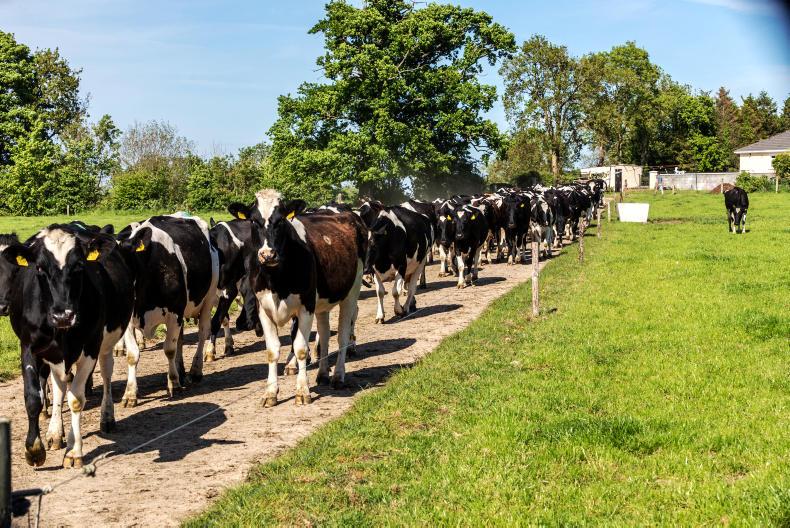
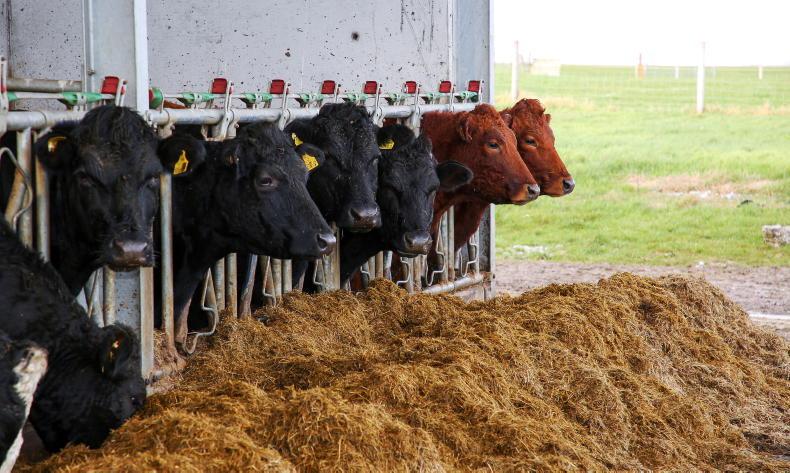

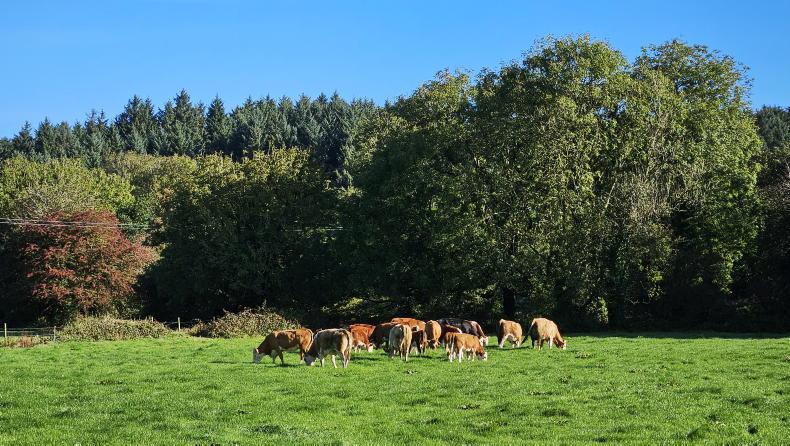
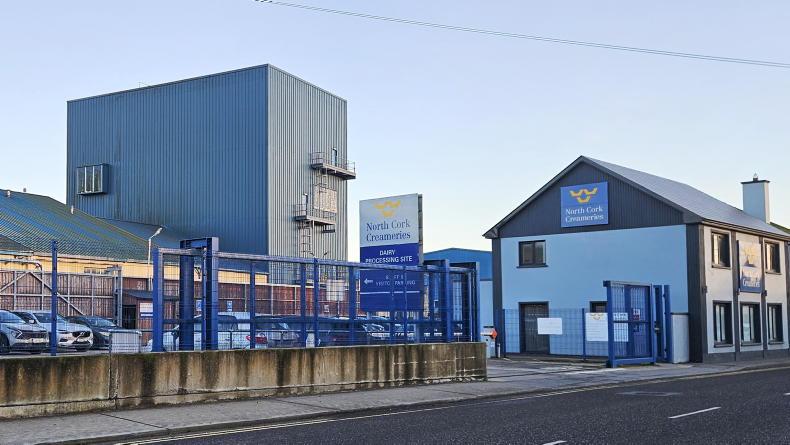
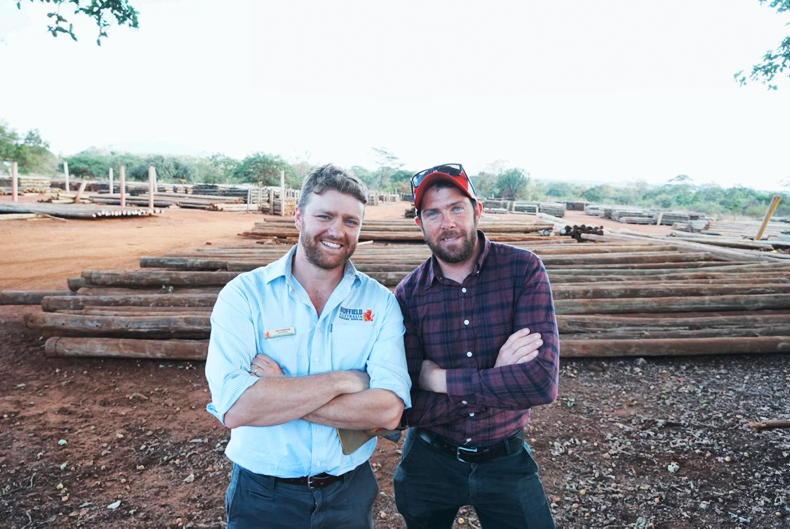
SHARING OPTIONS